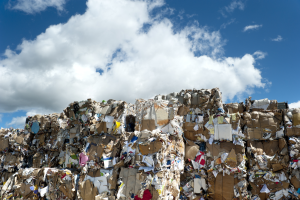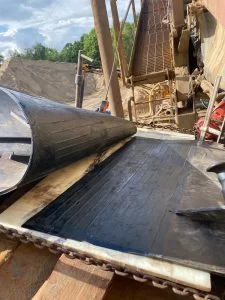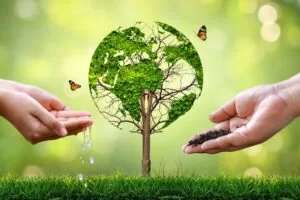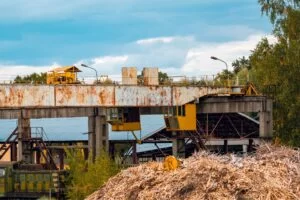When pubs across the UK were abruptly shut last March, thousands of litres of unsold beer were put to good use…
9, a:1:{i:0;s:8:”defaults”;}, surface grinding, Wastewater Treatment Plant Uses Beer To Generate Power, When pubs across the UK were abruptly shut last March, thousands of litres of unsold beer were put to good use…, When pubs across the UK were abruptly shut last March, thousands of litres of unsold beer were put to good use, Tech Story reports. While many breweries simply had to pour away beer that was past its expiry date, Hall & Woodhouse brewery in Dorset found a more innovative and eco-friendly solution.
Managers at the green-focused brewery used a waster treatment plant to turn the beer into enough electricity to power 17,000 homes for a day. Since 2015, the brewery had decided to incorporate more green energy into their working practice. Brewing is a very energy-intensive process, so they opted to invest in sustainable energy production.
The brewery has installed a wastewater treatment plant which generates biogas. The biogas is then fed through a unit which generates electricity, which is used to power the utilities and packaging plant. Heat is generated by a combined heat and power (CHP) engine, which is used to preheat the boiler feed water, and produces steam to boil the beer.
Hall & Woodhouse head brewer Toby Heasman said: “Although lockdown meant that many of our pubs had to return unsold beer back to the brewery, the silver lining has been that none of this has gone to waste. Thanks to our wastewater treatment plant, all of the returned beer has been used to generate green electricity.”
The historic brewery has had headquarters in Blandford Forum, Dorset, since 1900. The origin of the family-owned firm stretches back even further, nearly 250 years. The business has an innovative approach to new technology which has helped it to survive and thrive over the years.
Managing director Matt Kearsey said that they would continue to investigate new ways of maximising the creation of green energy to help conserve resources and operate sustainably. The brewery currently sets a monthly target for the use of self-generated electricity, and becoming carbon neutral is a long-term goal.
The UK is not the only country to take a practical approach to unwanted booze, however. The beer-loving Australians also couldn’t bear to see unpulled pints go down the drain, Energy Live News reported last year. Millions of litres of unsold beer were used to power Glenelg wastewater plant in Adelaide, South Australia.
The beer was discharged into the site’s digester tanks, where it was mixed with sewage sludge to produce biogas. The SA water utility which operates the plant provides services to 1.5 million people.
It estimated that a record 355,200m3 of biogas was generated in May 2020 and a further 320,00m3 in June, from the 150,000 litres of expired beer added each week, enough to power 1,200 homes.
Lisa Hannant, Water Senior Manager, said: “Glenelg’s co-digestion programme adds high strength organic waste from industry to sludge from the sewage treatment process, which is heated in the oxygen-free environment of the large sealed concrete digester tanks so it breaks down through natural bacterial metabolic processes and releases biogas.”
The South Australian wastewater treatment facility normally generates enough biogas to power around 80% of its energy requirements.
If you are looking for surface grinding, please contact us today., field_544dcaa8220f0, , field_543e9601d7f94, 33




